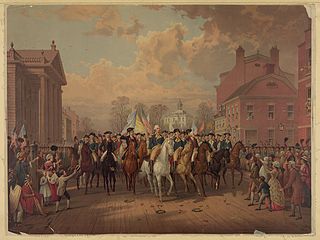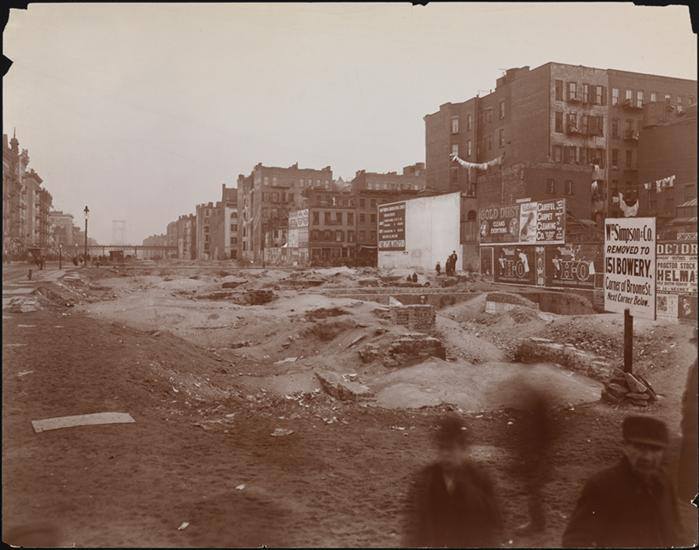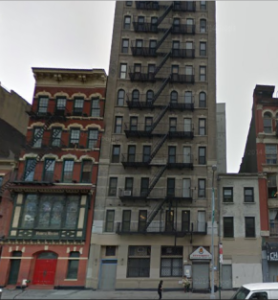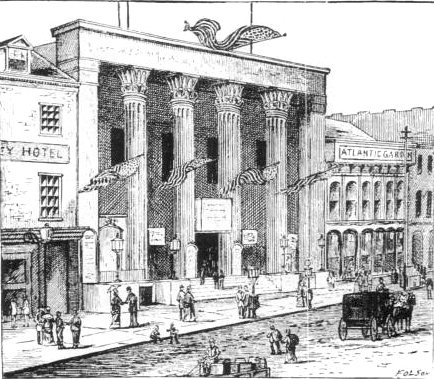The New-York Historical Society is presenting an exhibit to fire up the imagination: Tattooed New York will explore the origin and development of the art of tattooing in New York City.
The exhibit is current and will be open until April 30, 2017. It will focus on the past 300 years of tattooing and the central role New York played in its development.
Over 250 works reaching back to the early 18th century until today will be on display. Included among the works are Native American body art, tattoo craft which was practiced among sailors, circus sideshow culture, and tattooing which took place during the infamous ban of 1961, which drove the practice underground for thirty years. Also exhibited are tattoo pieces reflecting the post-ban renaissance of this unlikely and not well known art form.
“We are proud to present Tattooed New York and offer our visitors an immersive look into the little-known history of modern tattooing,” said Dr. Louise Mirrer, president and CEO of the New-York Historical Society. “At the convergence of history and pop culture, the exhibition will track the evolution of this fascinating form of self-expression and the city’s influence on the phenomenon.”
After the tattoo ban was nullified in 1997 the practice flourished. Today there are more than 270 tattoo studios all over New York. The influence tattoo artists from the city is demonstrated by the many works of artists on display from all over the world, including Denmark, Japan, Mexico, China, Brazil, the UK, and Italy.







